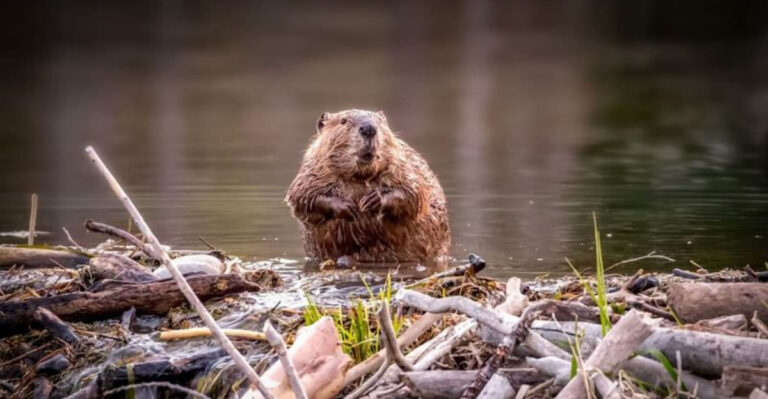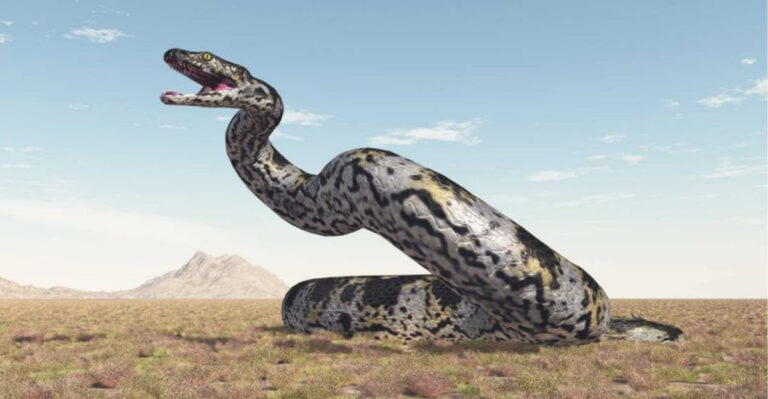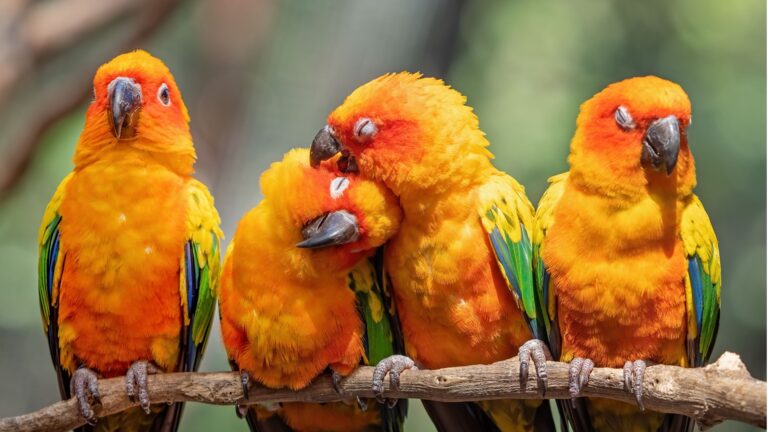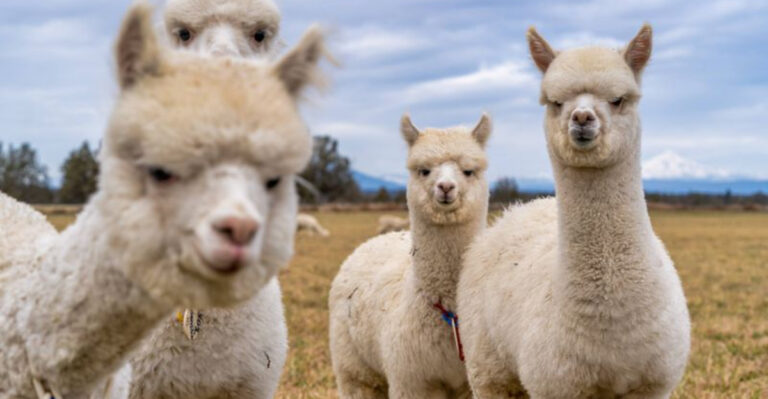32 Mythical Cryptids That Were Actually Real
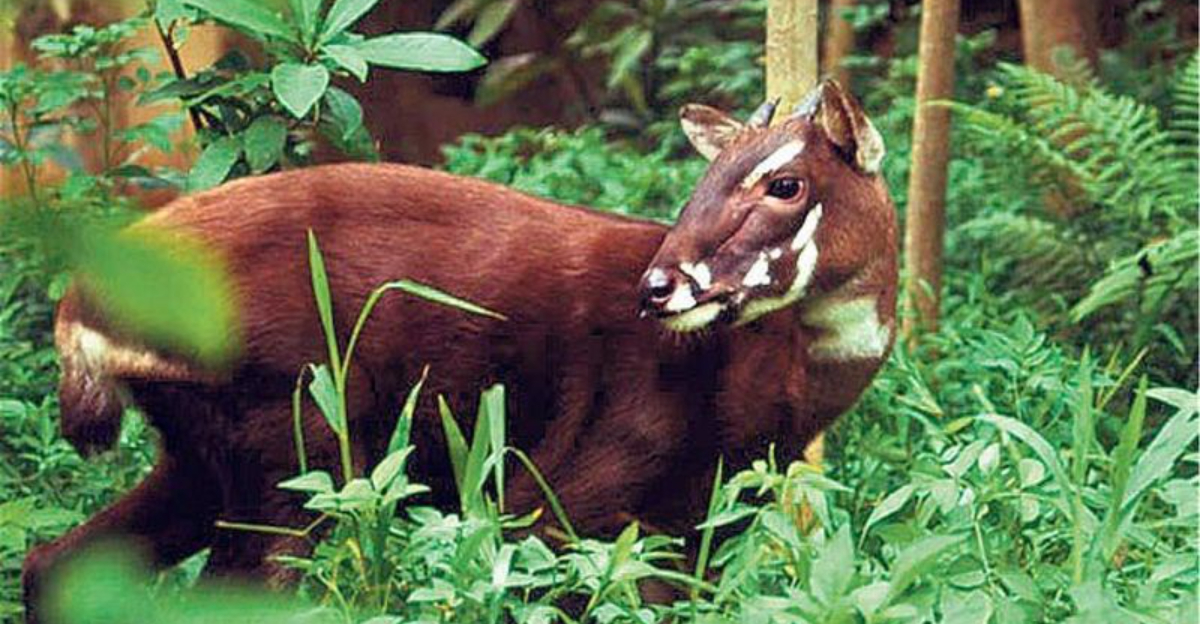
Throughout history, many mysterious and legendary creatures, known as cryptids, have sparked curiosity and wonder. While some remain elusive, others have surprisingly turned out to be real animals that once existed only in folklore and myths.
Such legendary cryptids have been verified by science, each with its unique story and significance. From the depths of the ocean to the dense forests and remote islands, these creatures remind us of the world’s vast and unexplored wonders.
1. Diprotodon
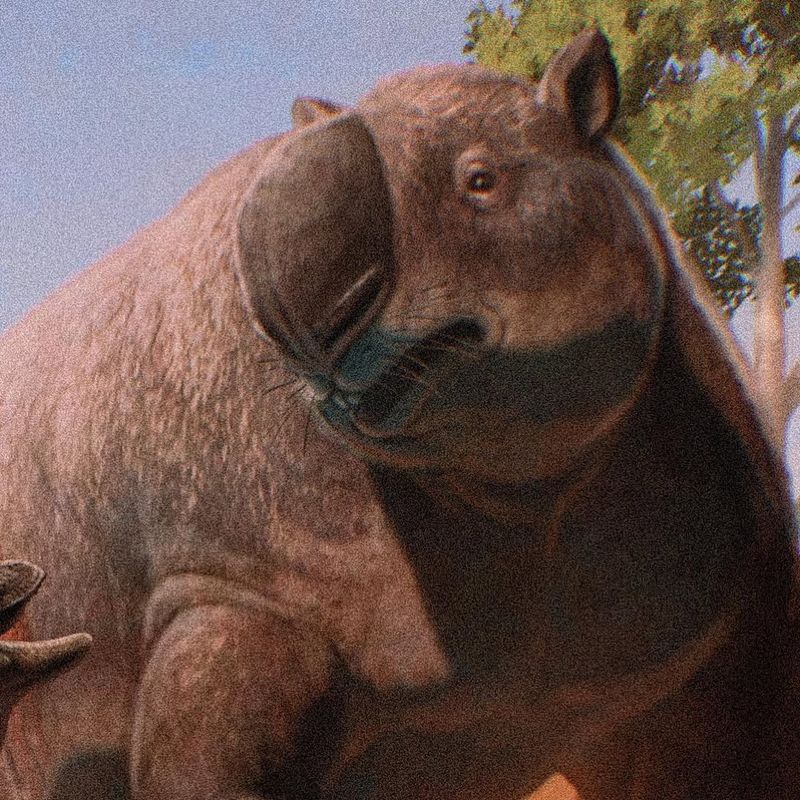
Once believed to be a myth, the Diprotodon is an extinct, giant marsupial from Australia that lived during the Pleistocene Epoch. However, its existence has been confirmed through fossil discoveries.
It was the largest marsupial to ever roam the Earth, resembling a giant wombat and weighing over two tons.
Though it went extinct around 46,000 years ago, the Diprotodon’s massive size and its place in Australian history make it an important part of prehistoric wildlife.
2. Thylacine
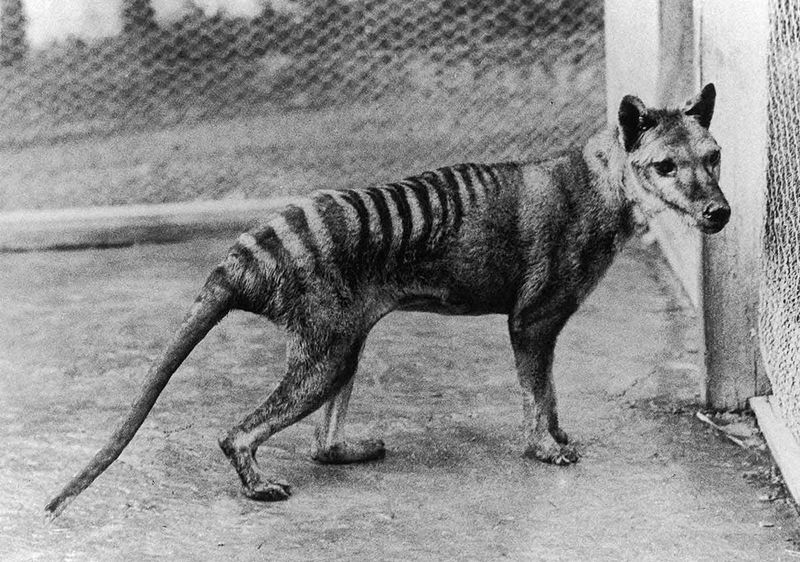
Often referred to as the “Tasmanian Tiger,” the Thylacine was a carnivorous marsupial that was thought to have gone extinct in the 1930s. However, there have been numerous unconfirmed sightings of the Thylacine in the wild, and some believe it may still exist in remote regions of Tasmania.
The animal’s unique striped coat and dog-like features made it a subject of fascination, and despite its supposed extinction, its legend endures.
3. Giant Squid
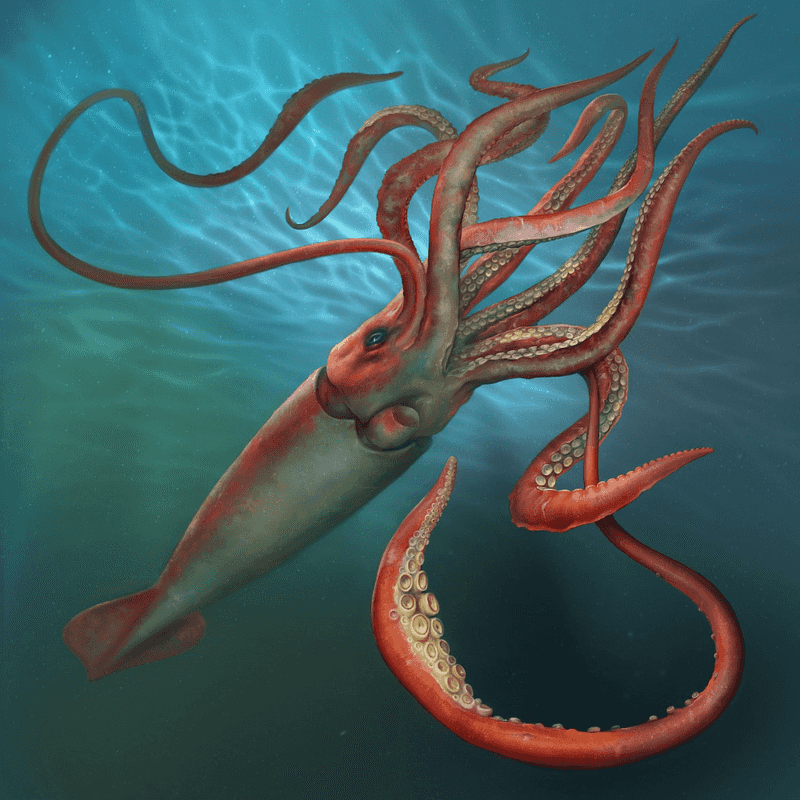
The Giant Squid, once considered a mythical sea monster by sailors, is a real creature that can grow up to 43 feet long. Found deep in the ocean, these elusive creatures have large eyes and long, powerful tentacles that they use to catch prey.
Although rarely seen, the Giant Squid has been studied through beached specimens and underwater footage, revealing its fascinating anatomy and behavior. Its legendary status has only added to its mystique and intrigue.
4. Komodo Dragon
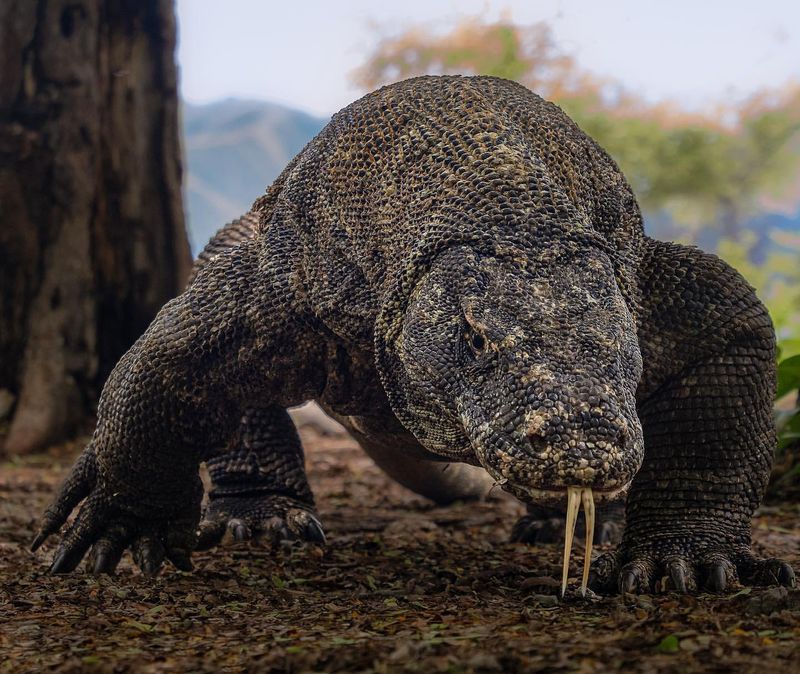
The Komodo Dragon is the largest living lizard, native to the islands of Indonesia. These fearsome reptiles can reach lengths of up to 10 feet and weigh over 300 pounds.
Known for their powerful jaws and venomous bite, Komodo Dragons are apex predators in their environment, feeding on large animals such as deer and wild boar. Despite their intimidating size, they are endangered due to habitat loss and human activity.
5. Platypus
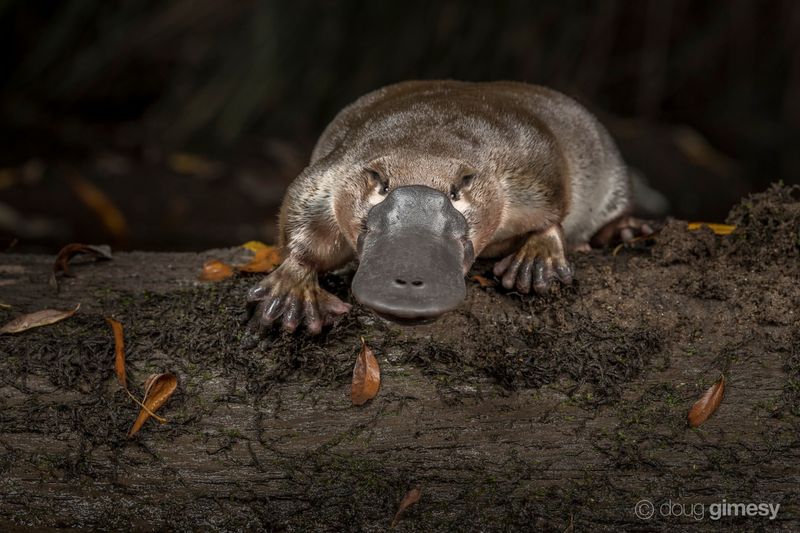
The Platypus is one of the most unique creatures on the planet, as it is one of only a few egg-laying mammals. Native to Australia, this semi-aquatic animal combines features of several species: a duck-like bill, webbed feet, and the ability to produce venom.
Platypuses are excellent swimmers, diving for food in streams and rivers, and their odd characteristics make them a living example of evolution’s creativity.
6. Okapi
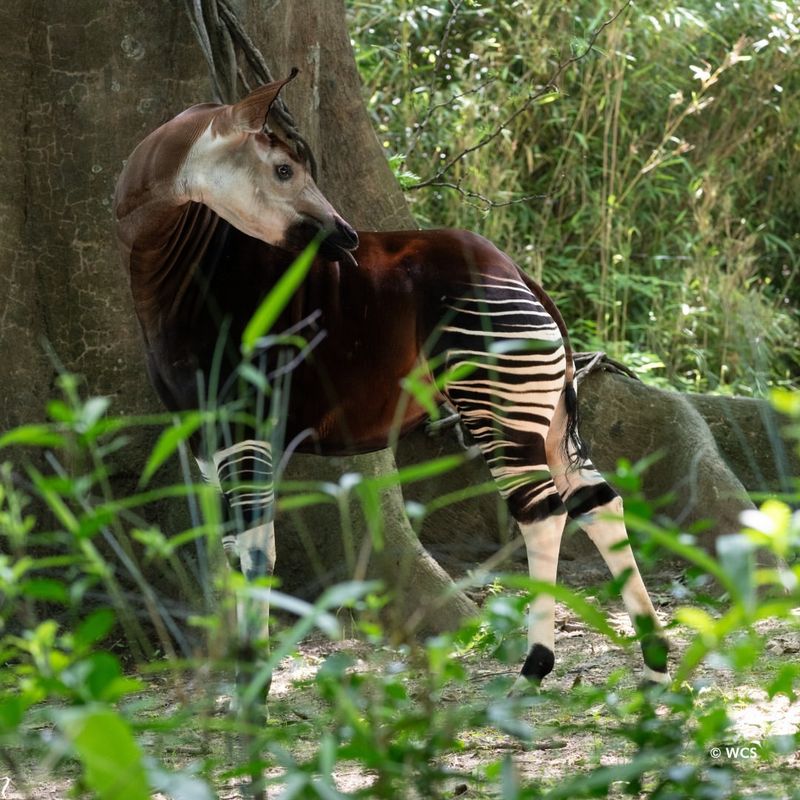
The Okapi, often referred to as the “forest giraffe,” is a rare and elusive herbivore found in the rainforests of the Democratic Republic of the Congo.
Though related to the giraffe, the Okapi has a shorter neck and a striking coat of dark fur with white stripes on its legs, resembling a zebra. Its secretive nature and remote habitat have kept it relatively unknown until the early 20th century, making it a fascinating creature in the animal kingdom.
7. Kangaroo
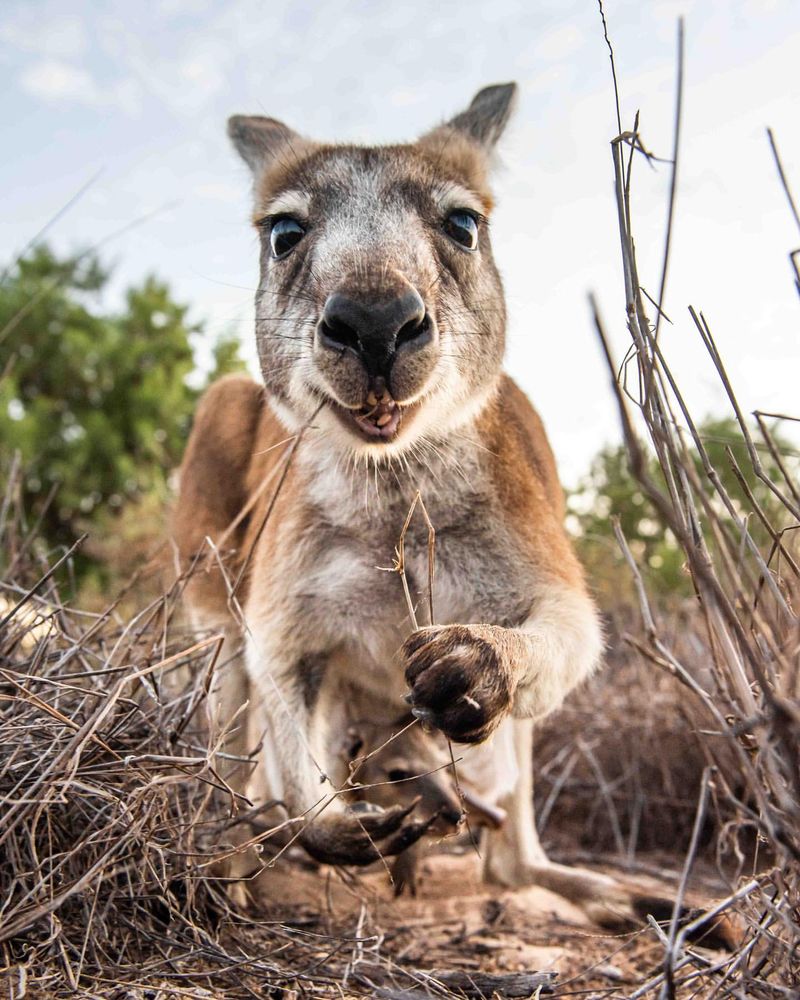
Kangaroos are iconic animals of Australia, known for their powerful hind legs and unique hopping gait. These marsupials are excellent long-distance travelers, capable of covering vast distances in search of food and water.
Kangaroos live in large groups called mobs and are a symbol of Australia’s wildlife. With their strong, muscular bodies and pouches for carrying their young, kangaroos are well-adapted to the country’s harsh conditions.
8. Coelacanth
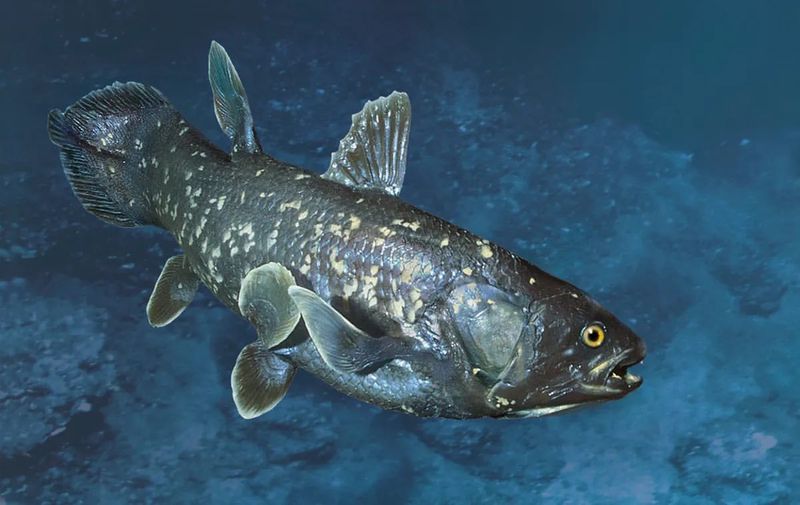
The Coelacanth is a prehistoric fish that was thought to have gone extinct with the dinosaurs, only to be rediscovered in 1938 off the coast of South Africa.
With its distinctive lobed fins and ancient appearance, the Coelacanth is often referred to as a “living fossil.” These rare fish live in deep waters and have changed little in appearance for over 400 million years, making them an extraordinary example of evolutionary persistence.
9. Saola
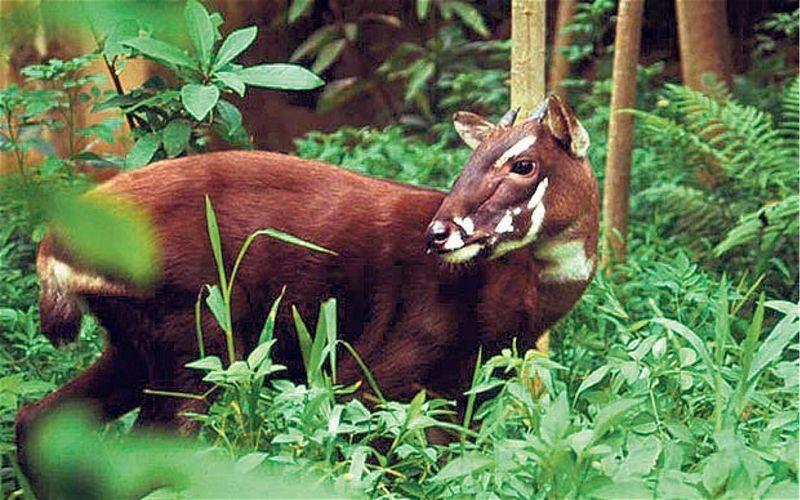
Often called the “Asian unicorn,” the Saola is an extremely rare and elusive species discovered in 1992 in the Annamite Mountains of Vietnam and Laos. This forest-dwelling herbivore is related to antelopes and has two long, straight horns, which are a defining characteristic.
Due to its rarity and the remote, inaccessible areas it inhabits, the Saola has been dubbed the “holy grail” of wildlife conservation.
10. Megamouth Shark
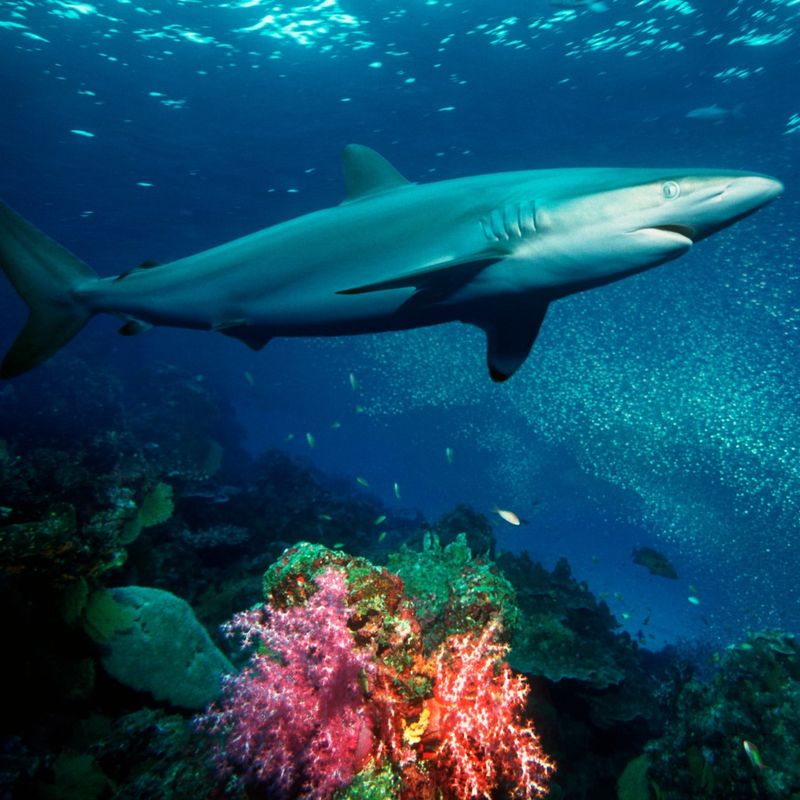
The Megamouth Shark is a rare species of deep-sea shark, discovered in 1976. Known for its enormous mouth, which it uses to filter plankton from the water, the Megamouth Shark can grow up to 18 feet long.
Its elusive nature and the deep-ocean habitat it inhabits make sightings incredibly rare, but this fascinating shark provides an intriguing glimpse into the mysteries of the ocean.
11. Narwhal
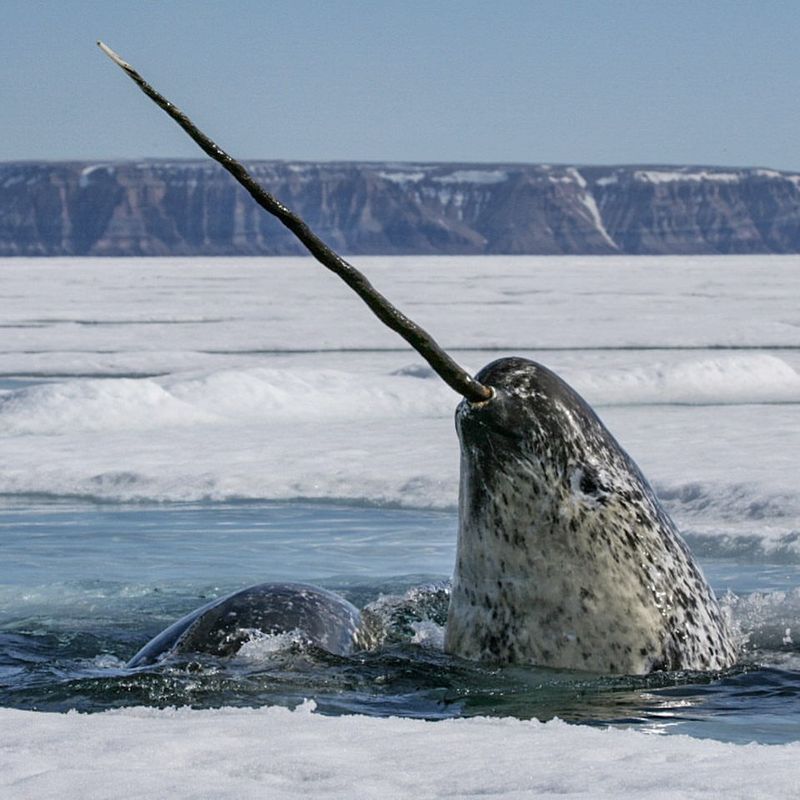
The Narwhal is a marine mammal often referred to as the “unicorn of the sea” because of its long, spiral tusk, which is actually an elongated tooth. Native to the Arctic waters, Narwhals have adapted to life in freezing temperatures and are known for their social behavior, often traveling in groups.
These mystical creatures have fascinated scientists and sailors for centuries, and their unique appearance and behavior continue to capture the imagination.
12. Takahe
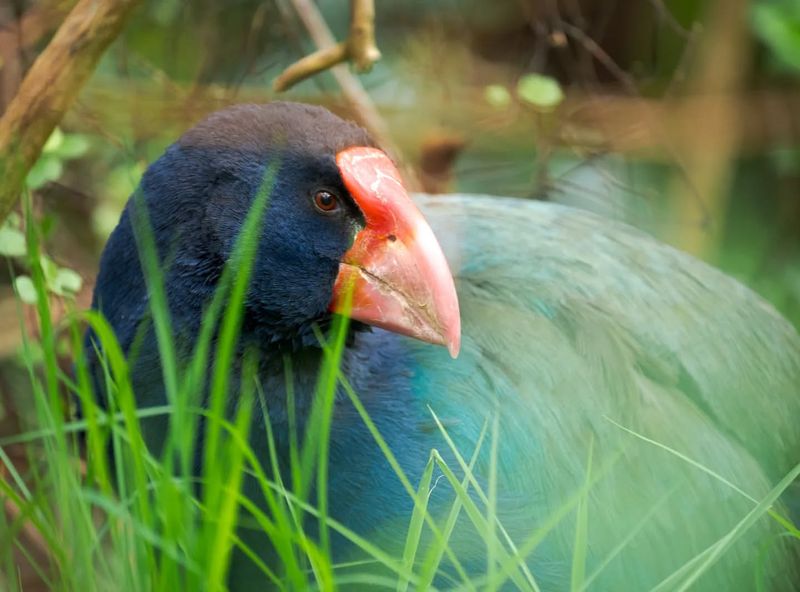
The Takahe is a large, flightless bird native to New Zealand. Once thought to be extinct, it was rediscovered in 1948 in the remote mountains of Fiordland.
With its bright blue and green plumage and heavy build, the Takahe is a striking bird that has become a symbol of New Zealand’s conservation efforts. Though still endangered, conservation programs have helped stabilize the population.
13. Goblin Shark
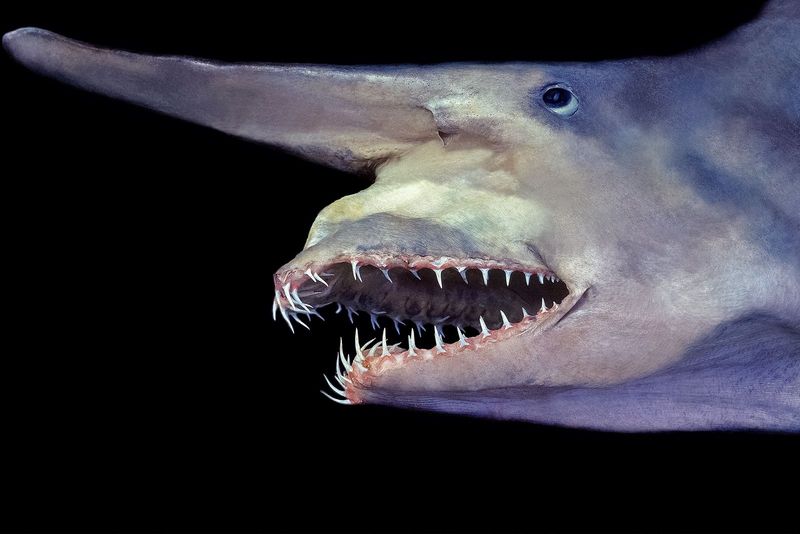
The Goblin Shark is a rare deep-sea shark with an elongated snout and a protrusible jaw that can snap forward to catch prey.
Found in deep waters off the coast of Japan, this shark’s strange, ghostly appearance and elusive behavior make it one of the most unusual creatures in the ocean. The Goblin Shark is often called a “living fossil” due to its ancient lineage and distinct features that set it apart from other sharks.
14. Quagga
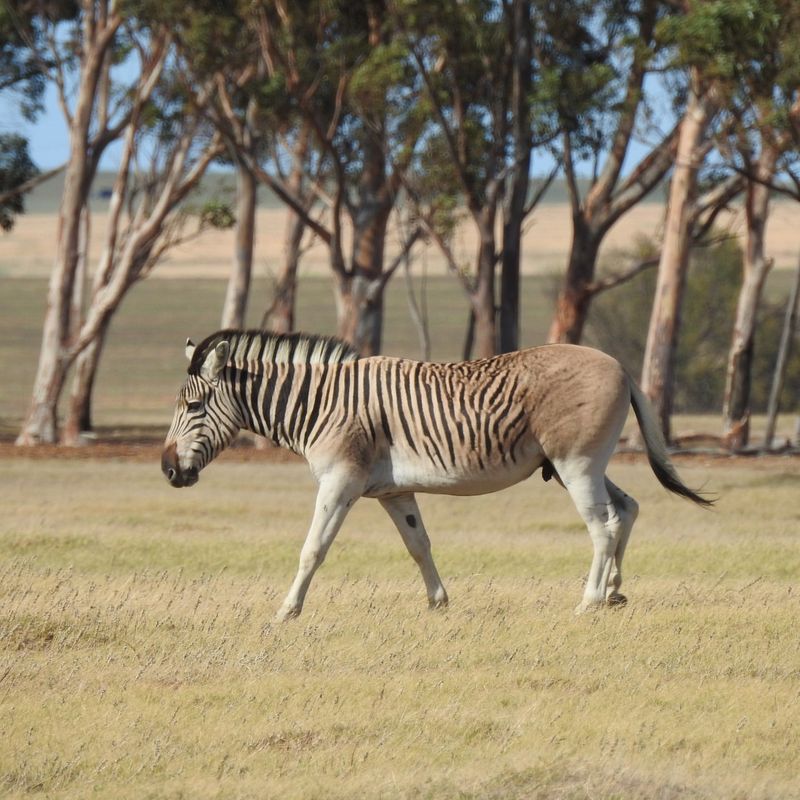
The Quagga was a subspecies of the plains zebra that went extinct in the 19th century. However, efforts to selectively breed zebras with similar markings to the Quagga have led to the creation of a “quagga-like” breed, reviving interest in the species.
While true Quaggas no longer roam the earth, their legacy lives on in conservation efforts aimed at preserving similar creatures and understanding their place in history.
15. Chacoan Peccary
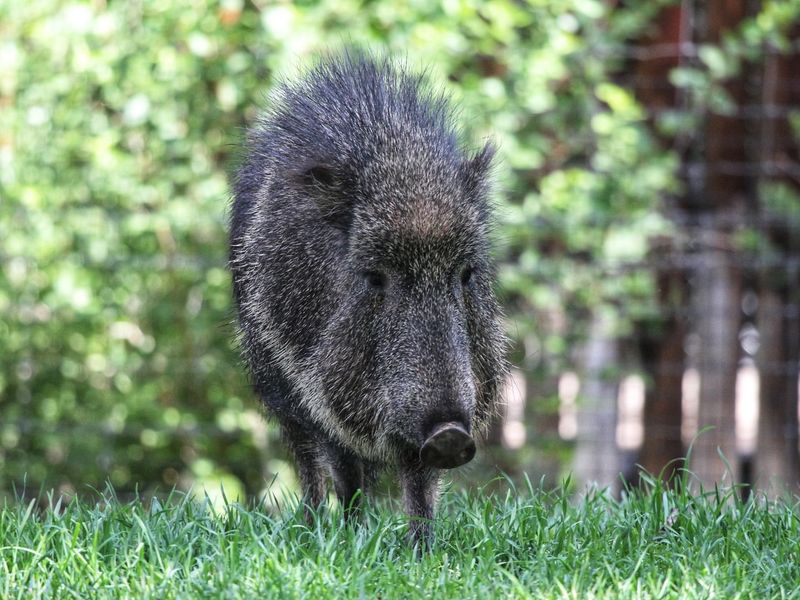
The Chacoan Peccary, a wild pig-like animal native to the dry Chaco region of South America, was thought to have gone extinct until it was rediscovered in the 1970s.
With its distinct dark coloration and sharp tusks, the Chacoan Peccary is one of the rarest mammals in the world. Its rediscovery was a major breakthrough in conservation efforts, helping scientists focus on protecting the remaining populations.
16. Giant Panda
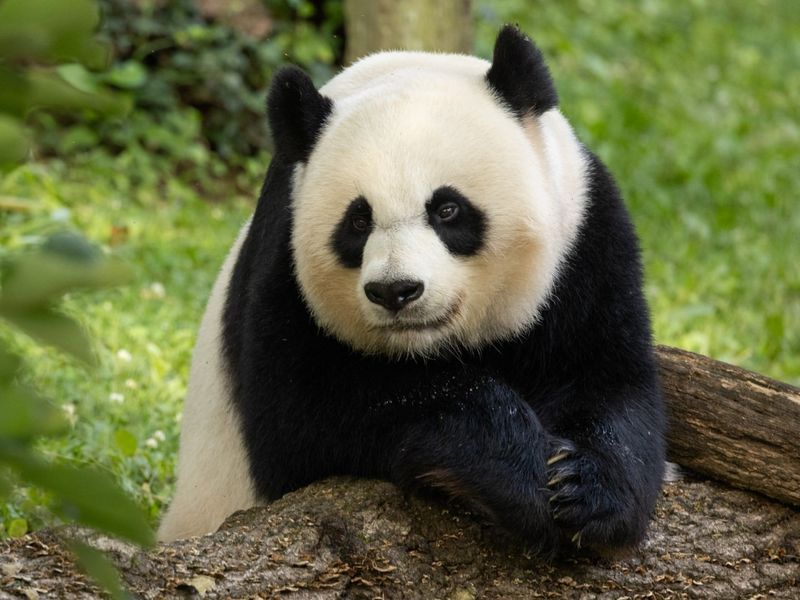
Native to the bamboo forests of China, the Giant Panda is an iconic symbol of conservation efforts. Though their numbers dwindled in the past, with significant efforts to protect and breed them in captivity, their population is slowly increasing.
Known for their distinctive black-and-white fur, they mainly feed on bamboo and are a favorite among wildlife enthusiasts. Despite their somewhat solitary nature, they are now thriving in specially managed reserves and protected areas.
17. Bili Ape
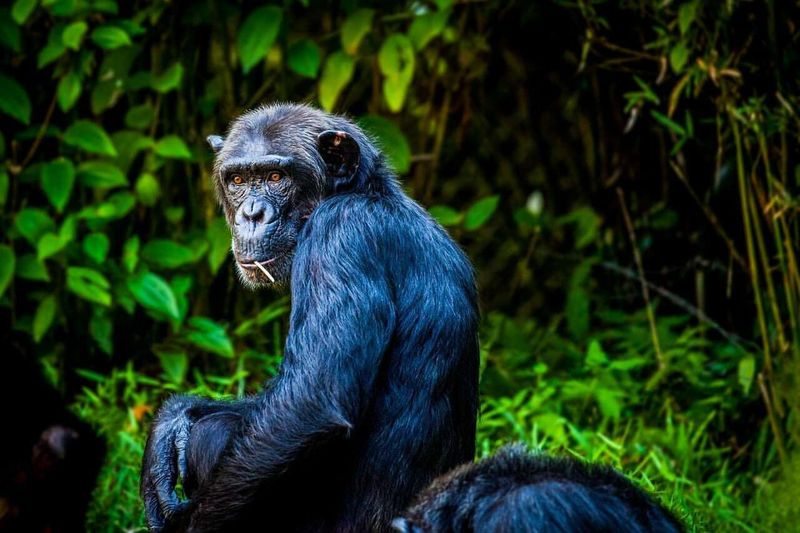
Discovered in the forests of the Democratic Republic of Congo, the Bili Ape is a mysterious primate that has garnered much attention. Reports of its larger size and more aggressive behavior compared to the common chimpanzee led researchers to investigate further.
With its unique physical and behavioral traits, the Bili Ape has proven to be an exciting discovery in the world of primate research, though it remains elusive in the wild.
18. Mountain Gorilla
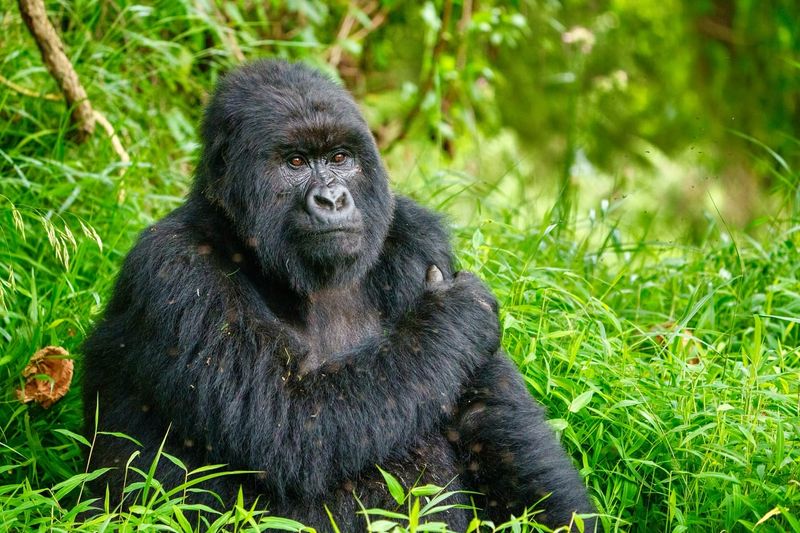
Residing in the dense forests of Rwanda, Uganda, and the Democratic Republic of Congo, Mountain Gorillas are one of the most well-known and critically endangered species.
Once near extinction due to poaching and habitat destruction, conservation efforts have seen their numbers rise in recent years. These gentle giants live in tight-knit family groups and have become an emblem of successful wildlife conservation, despite ongoing threats from human activity.
19. Frilled Shark
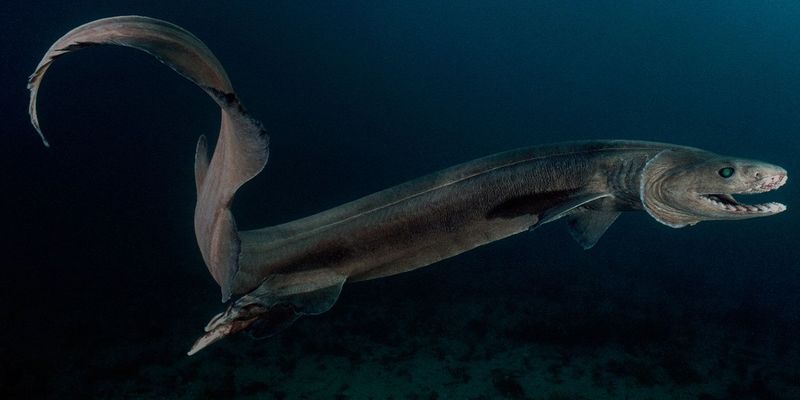
Known for its frilled gills and shark-like appearance, the Frilled Shark is a deep-sea predator that can be found in waters off the coasts of Japan and the UK.
Often referred to as a “living fossil,” its primitive features make it an extraordinary subject of study. With a long, eel-like body, it is rarely seen by humans, adding to its enigmatic and mythical status in marine biology.
20. Maned Wolf
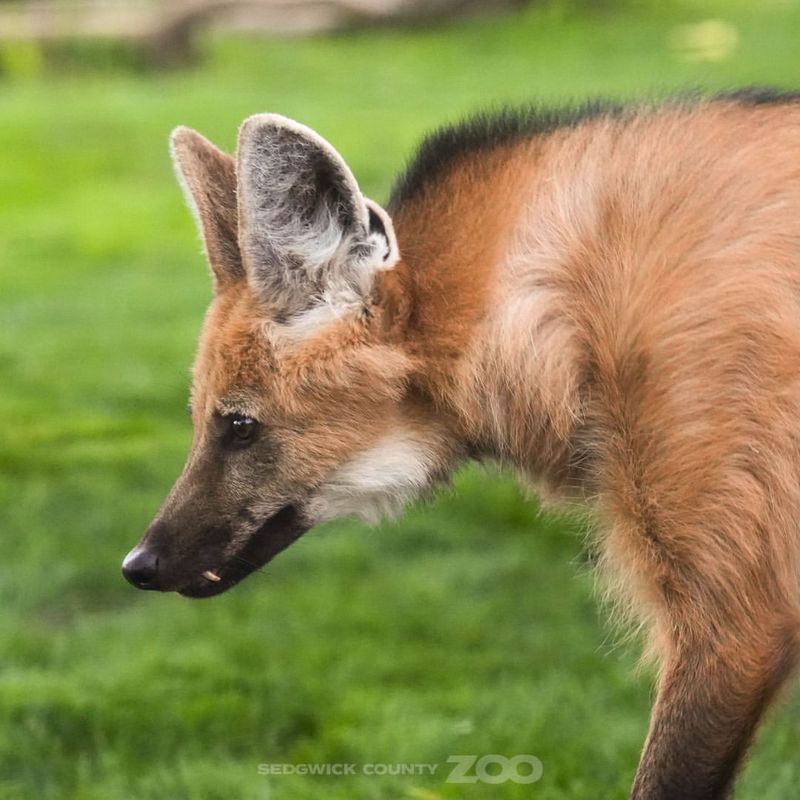
A strikingly tall and slender canid native to South America, the Maned Wolf stands out due to its long legs and unique reddish coat. Unlike wolves, this species is more closely related to foxes, and it is known for its solitary nature and distinctive vocalizations.
Found in open grasslands and scrub forests, the Maned Wolf is both elusive and fascinating, often heard more than it is seen due to its shy behavior.
21. Vietnamese Mossy Frog
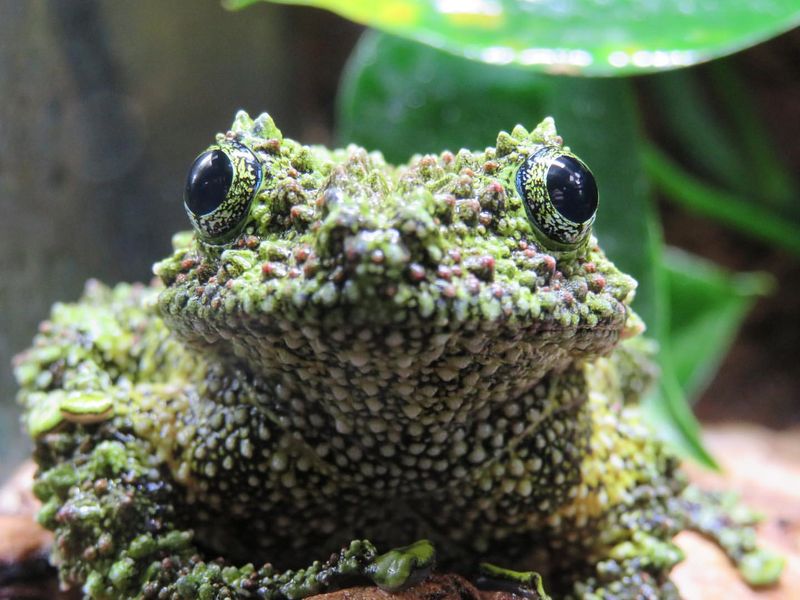
Often referred to as one of nature’s masters of disguise, the Vietnamese Mossy Frog’s camouflaged appearance allows it to blend seamlessly into its surroundings in the rainforests of Vietnam.
Its moss-like texture on its body helps it stay hidden from predators, and its small size and nocturnal habits make it a rare sight. This amphibian’s camouflage is an incredible example of how species adapt to their environments for survival.
22. Pygmy Hippopotamus
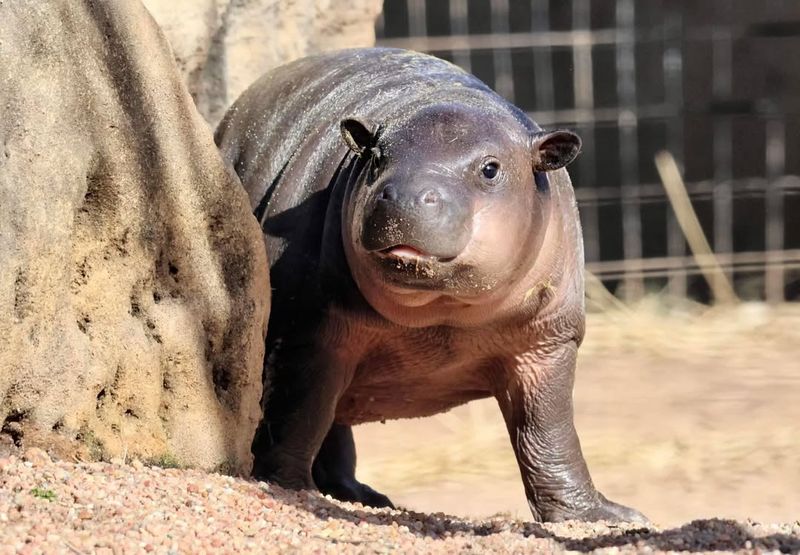
Smaller and more secretive than its larger relative, the common hippopotamus, the Pygmy Hippopotamus dwells in the swamps and rivers of West Africa. Primarily nocturnal and reclusive, this species is much harder to spot in the wild.
Though it has a more solitary lifestyle, its presence in the African ecosystem is crucial, and its conservation is essential as it faces habitat loss and hunting pressures.
23. Amazonian Manatee
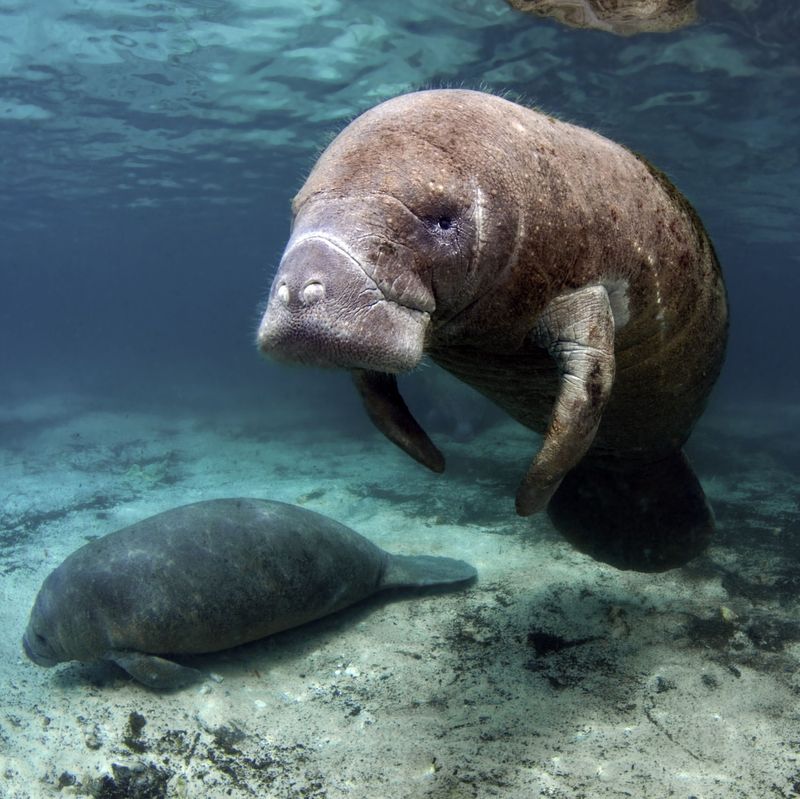
A freshwater relative of the sea manatee, the Amazonian Manatee lives in the rivers and lakes of the Amazon Basin. These gentle creatures feed on aquatic plants and are an important part of their ecosystem, helping to maintain the balance of plant life.
However, their populations are threatened by human activity, including habitat destruction and illegal hunting, making conservation efforts vital for their survival.
24. Indian Purple Frog
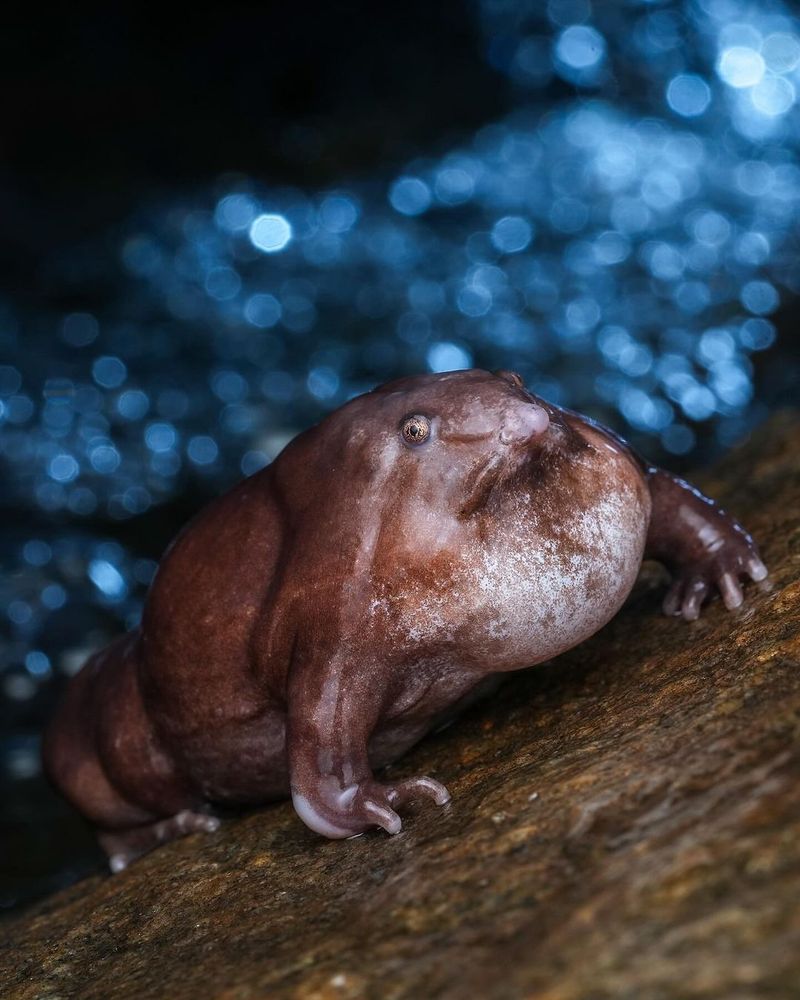
Found in the Western Ghats of India, the Indian Purple Frog is a unique species known for its unusual appearance and burrowing habits.
Most of its life is spent underground, where it only emerges during the monsoon season to breed. Its distinctive purple coloration and rare lifestyle make it one of the most fascinating amphibians, symbolizing the mysterious wildlife of India’s rainforests.
25. Wondiwoi Tree Kangaroo
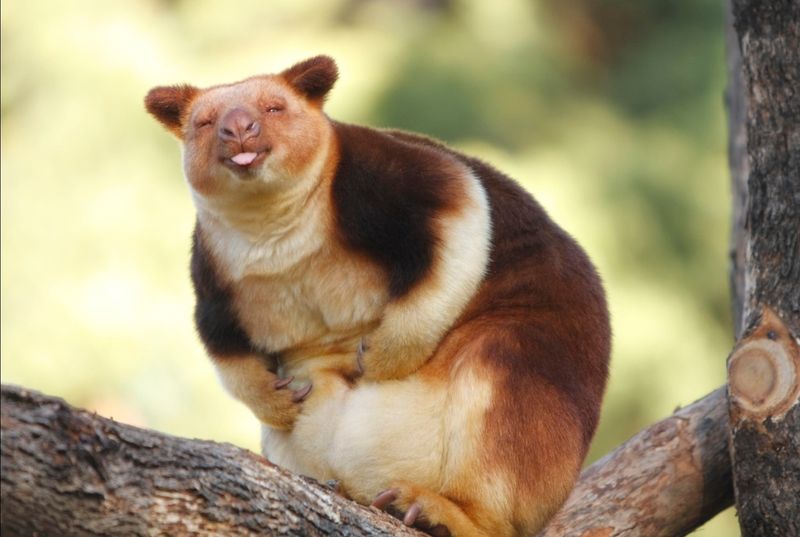
Native to the remote mountains of New Guinea, the Wondiwoi Tree Kangaroo is a rare and elusive species that was only officially discovered in recent years. With its robust build and tree-dwelling nature, this kangaroo is a unique adaptation to life in the dense forests of its habitat.
Its rarity and isolated living conditions have made it one of the least studied but most intriguing creatures in the world of marsupials.
26. Laotian Rock Rat
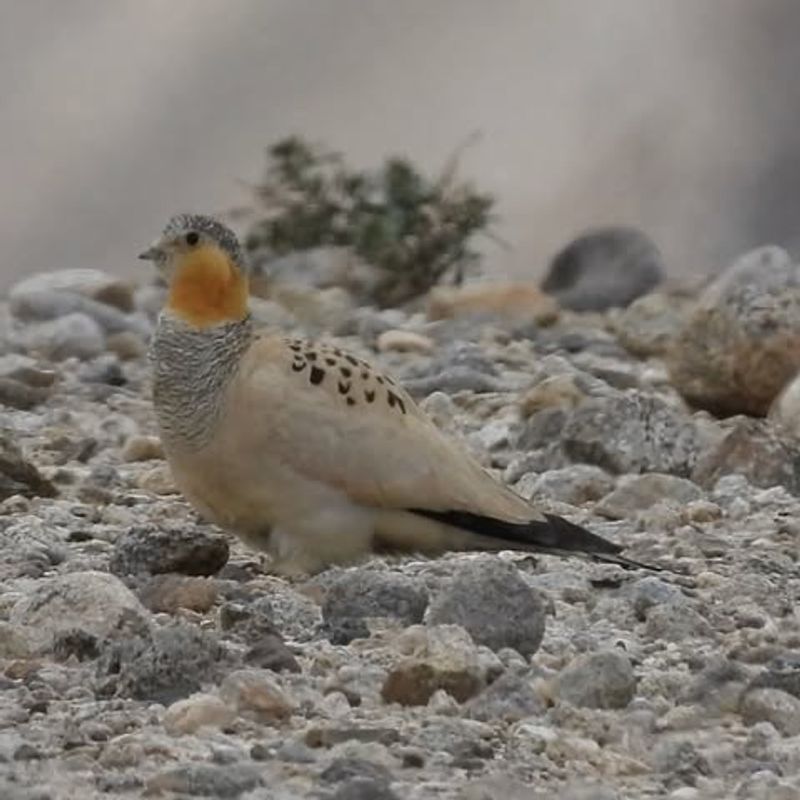
The Laotian Rock Rat, rediscovered in 2005 after being thought extinct, is a small mammal found in the rocky regions of Laos.
Known for its rodent-like appearance, this species had not been seen for over 11 million years, leading scientists to believe it had long disappeared. Its unexpected rediscovery offers valuable insights into the survival of species that have managed to stay hidden from the modern world for millennia.
27. Spotted Cuscus
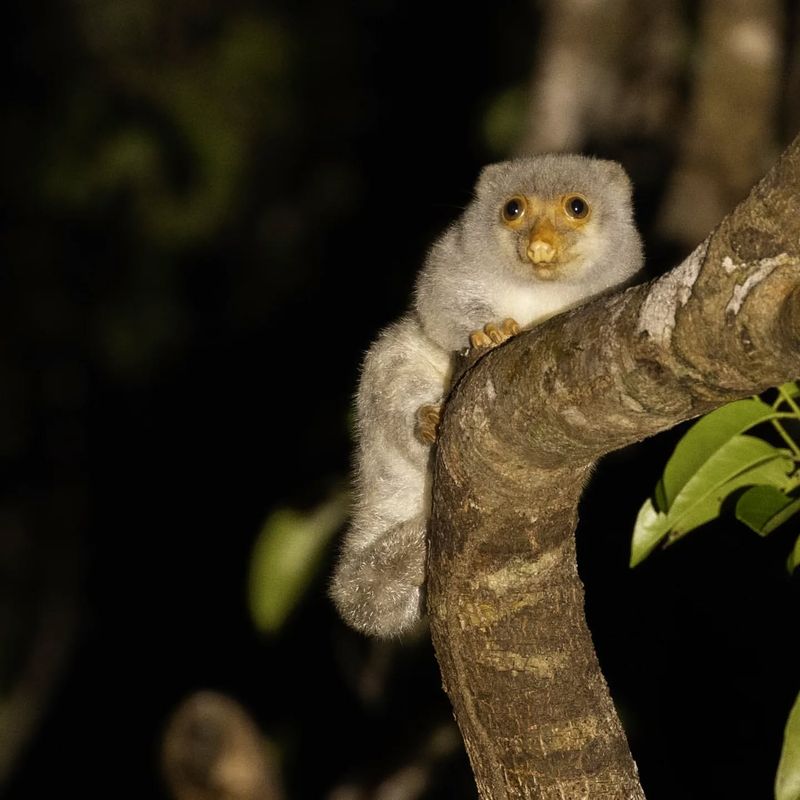
The Spotted Cuscus is a marsupial native to the rainforests of New Guinea. With its distinctive white spots on a dark body, it is one of the most striking creatures in the cuscus family.
The Spotted Cuscus is a nocturnal tree-dweller and uses its prehensile tail to navigate the forest canopy. Its unique features and elusive behavior make it a rare but fascinating species to encounter in the wild.
28. Bermuda Petrel
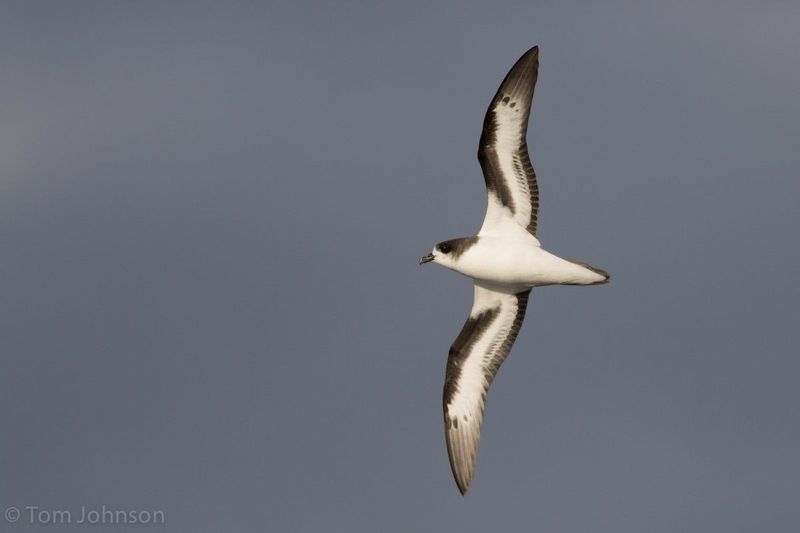
Also known as the “Cahow,” the Bermuda Petrel is a seabird that was thought to be extinct for over 300 years.
Rediscovered in the late 20th century, it now has a small but growing population on the islands of Bermuda. With its haunting calls and nocturnal nesting habits, the Bermuda Petrel represents a stunning example of resilience and the importance of conservation efforts for rediscovered species.
29. Monito del Monte
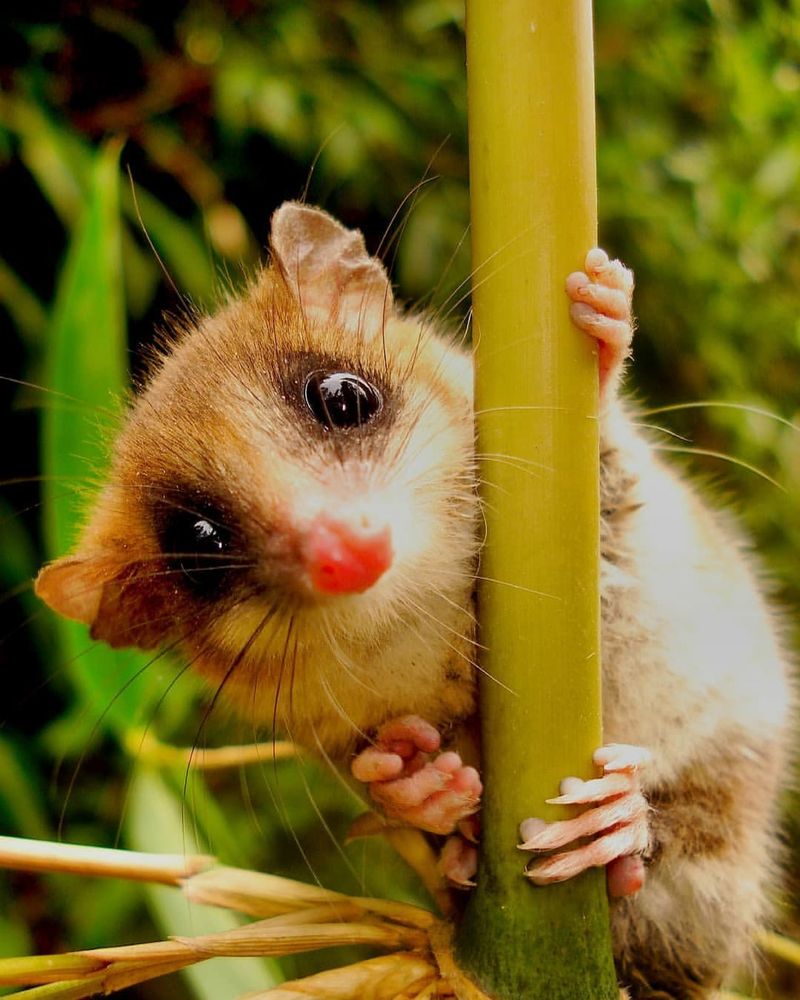
The Monito del Monte is a small marsupial found in the temperate forests of Chile and Argentina.
This nocturnal creature, often referred to as the “little monkey of the forest,” is one of the last remaining species of its order, which was thought to have disappeared millions of years ago.
Its tiny size and unique reproductive traits make it a fascinating example of evolutionary survival.
30. Giant Chinese Salamander
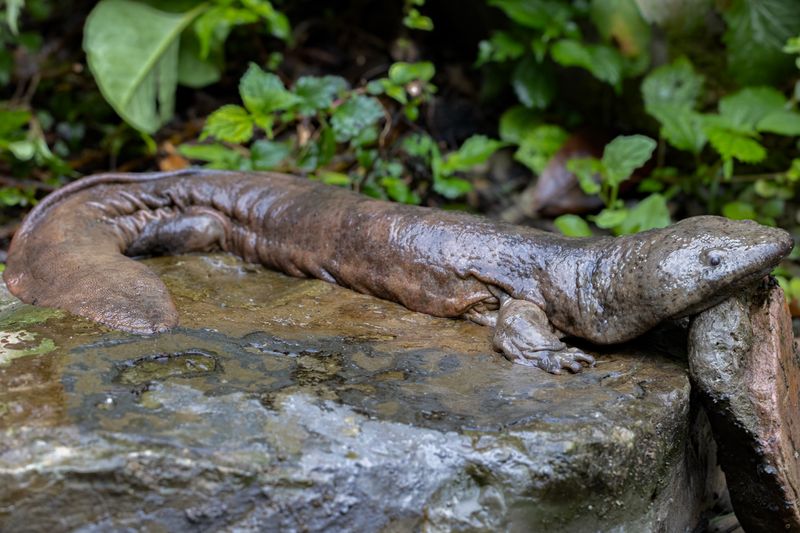
The Giant Chinese Salamander is the largest amphibian on Earth, reaching lengths of up to 6 feet. Native to China, these fascinating creatures are primarily aquatic, living in cool, fast-moving rivers and streams.
Despite their large size, they are critically endangered due to habitat loss and pollution, making them a prime focus of conservation efforts in China.
31. Lord Howe Island Stick Insect
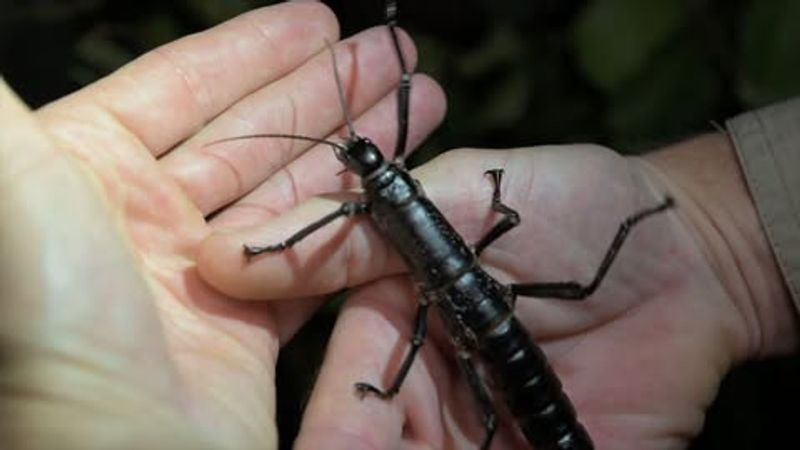
Considered extinct for decades, the Lord Howe Island Stick Insect, also known as the “tree lobster,” was rediscovered on a small, uninhabited rock off Lord Howe Island in 2001.
This flightless insect, once thought to have been wiped out by invasive species, is now the subject of conservation efforts to reintroduce it to its native island and protect its population.
32. Javan Rhino
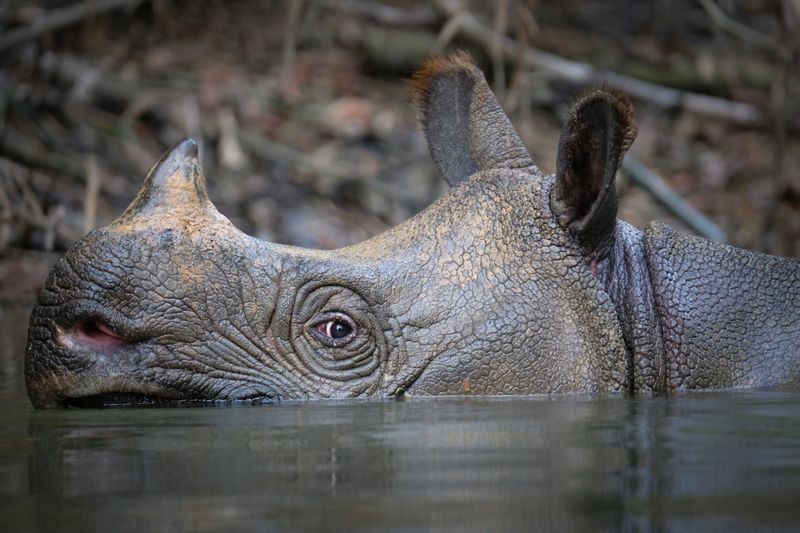
The Javan Rhino is one of the rarest large mammals in the world, with fewer than 75 individuals remaining in the wild. Found in Indonesia’s Ujung Kulon National Park, this rhinoceros is critically endangered due to habitat loss and poaching.
Conservation efforts have focused on protecting their remaining habitat and preventing further decline, making the Javan Rhino an iconic example of species recovery and resilience.

